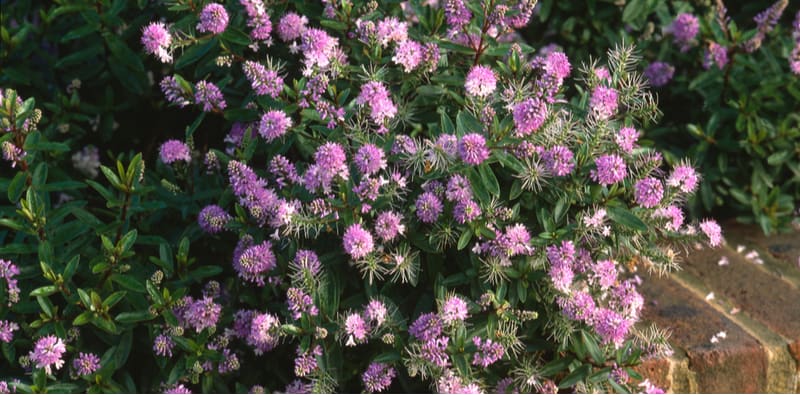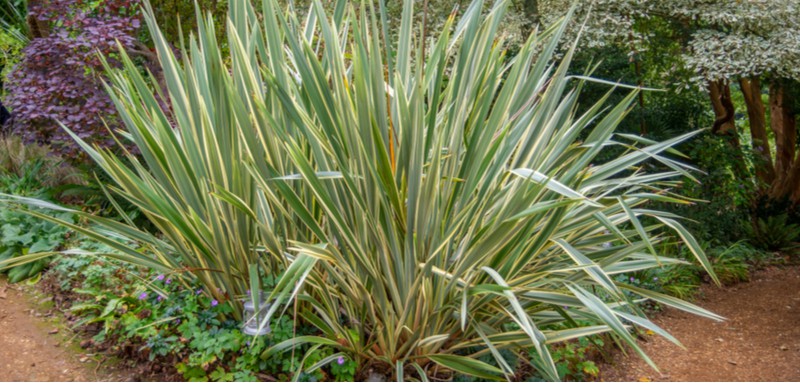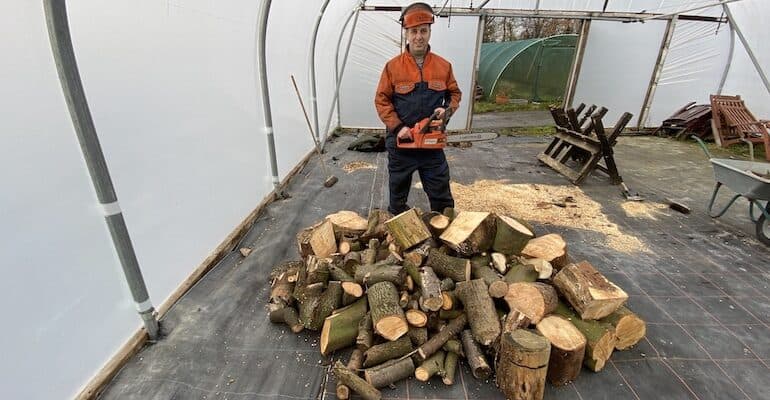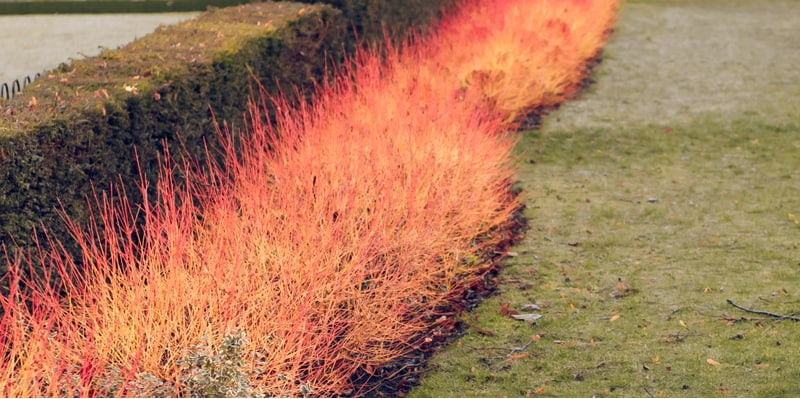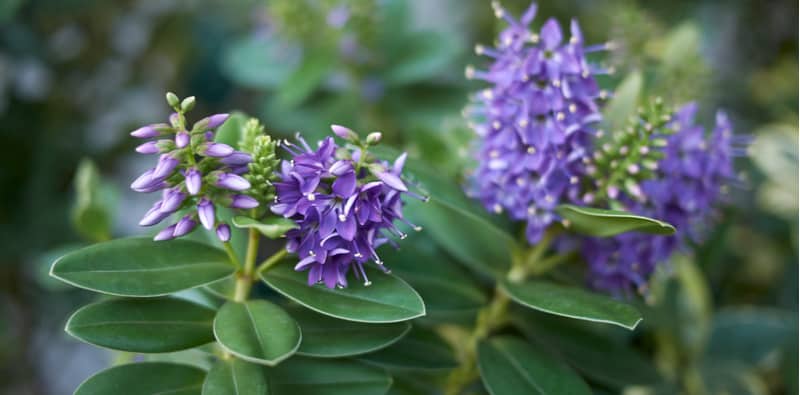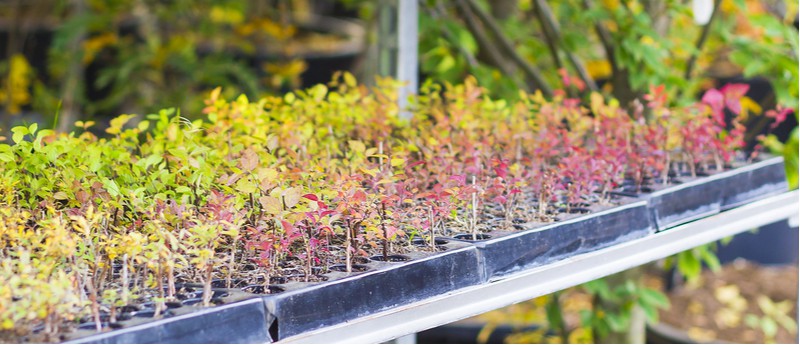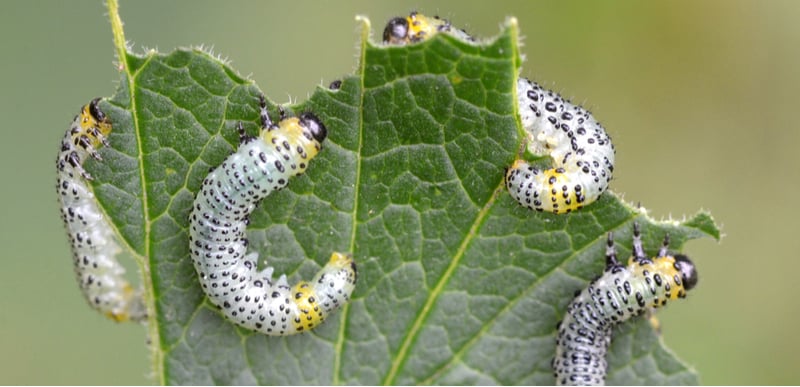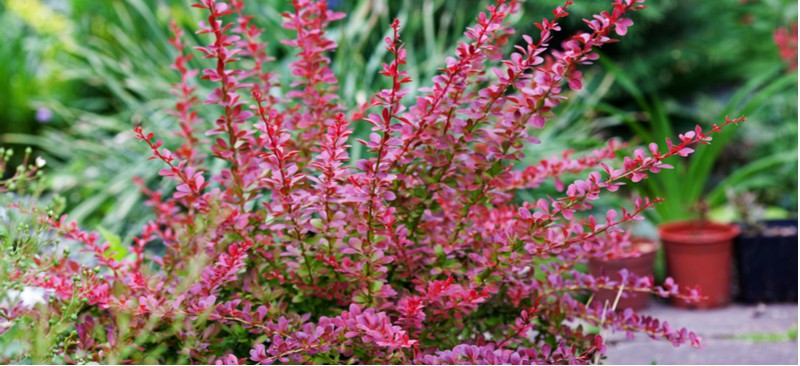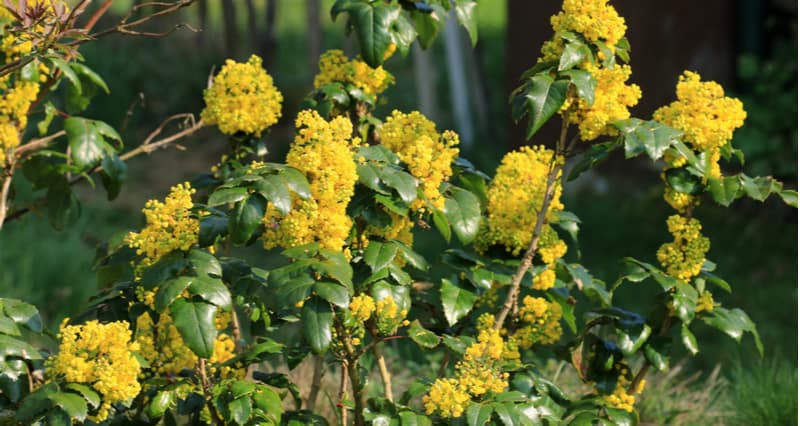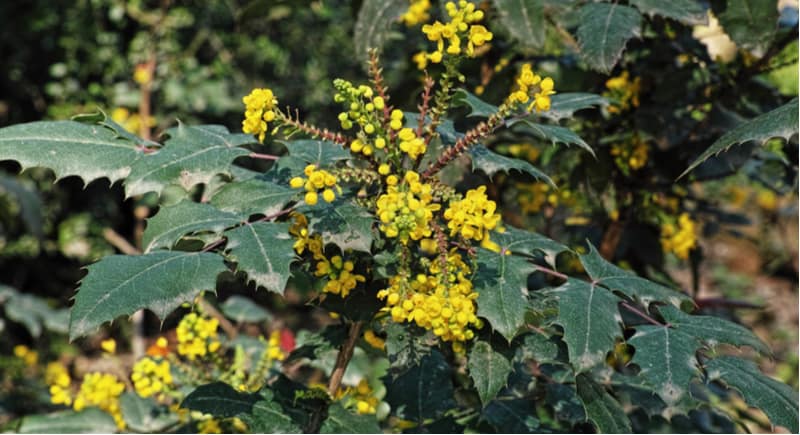Hebes are evergreen shrubs that do quite well in the UK given their hardiness, their low maintenance requirements because they require minimal pruning. They prefer being in full sun all year round but can tolerate semi-shade if that is all you have, just note that in semi-shaded areas they might not flower as prolifically as they would in a full sun position. They’re very flexible in that you can grow them in the ground and…
Phormiums are very strong plants, perfect for windswept gardens and coastal areas. These are no tender houseplants and they can easily tolerate -5°C easily, even -10°C if you take some precautionary measures, such as putting a good layer of mulch around the base of plants in winter. Many people in the UK learned this the hard way in 2013 when a very cold winter killed many Phormiums in gardens throughout the UK and Ireland, however,…
It’s the time in your life to buy a petrol chainsaw – and you’re excited. Maybe you’ve decided that the old trees in the corner of your garden really need to go. Maybe you just want a decent chainsaw for logging, this is actually what I mainly use my chainsaw for these days. You’re now ready to invest in the ultimate chainsaw, the truth is, if you want power and speed, a petrol chainsaw is…
The flowering Dogwood is known for its beautiful bracts that appear around the late spring to early summer. However, the most popular Dogwoods, the Cornus alba, Cornus sericea and Cornus sanguinea are actually grown for their stunning and brightly coloured stems, often yellow, red and even a firey orange depending on the variety have, and they make one of the most stunning winter displays you will ever see. Finally, there is the lesser-known ‘Cornelian Cherry’, also known as…
Hebes are evergreen shrubs whose size can grow upwards of 1.2 metres. Even though they originated in North America and New Zealand they do grow well in the UK given the hardness of the varieties. They prefer full sun throughout the year and they can tolerate semi-shade. They grow well in beds, borders, or in pots and are tolerant of slightly acidic through to slightly alkaline soil, heavy clay soil, or light soil, making them…
Berberis, or Barberries, can be great planted as specimen shrubs or used as hedging and offer a range of berries that are suitable for birds and other wildlife. With these plants, you want to prune them annually to stimulate the new growth on the different stems that are left behind, deadhead in some cases if you don’t want the berries to follow the flowers. If you have a healthy shrub or you want to turn…
If you have a Berberis (or a Barberry shrub as they are also commonly known) and you have suddenly noticed that the leaves are being eaten away leaving almost nothing in its wake, you might wonder what’s eating leaves on your Berberis. Thankfully, sort of, there is only one culprit: the Berberis sawfly. The Berberis sawfly made its way to England around the year 2000, and from that time it has spread quickly. It is…
Berberis, sometimes called Barberries might not be well known for drawing attention but they perform incredibly well when given the right growing conditions and there are so many different varieties, from dwarf evergreen varieties to larger deciduous ones. This plant comes in a wide range of sizes and no matter the size you select, you will enjoy flowers come spring, followed by fruit in the autumn, and then foliage for the rest of the year…
Mahonia plants are very popular for a variety of reasons, most commonly because of the rich, green foliage that serves well as a barrier against intruders as well as the bright, lemon yellow flowers that are produced in the winter. Thankfully Mahonia shrubs are generally free from any pests so you don’t have to head out to your garden with a hose to spray away the aphids or treat your plant against bugs trying to…
The Mahonia x media ‘Charity’ is a larger variety in comparison to most other types of Mahonia. This media ‘Charity’ variety reaches an ultimate height of around 400cm with an equal spread of around 400cm, which is just over a very impressive 13 feet. The good news is it’s not particularly fussy about where it is planted and will grow well in most soils as long as they are well-draining. It does prefer a full…

